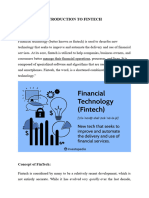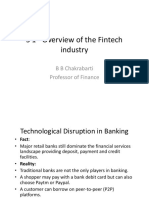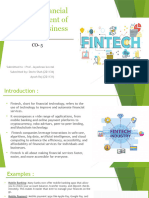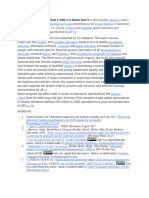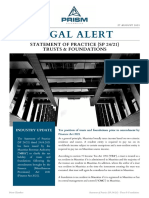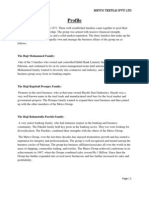0% found this document useful (0 votes)
33 views10 pages2.FinTech Overview
The document provides an overview of the fintech landscape, highlighting its evolution from a challenger to a collaborator with traditional financial institutions. It discusses the impact of technological advancements, regulatory frameworks, and cultural transformations on the financial services industry, emphasizing the importance of digital transformation for banks. Additionally, it outlines various fintech models, funding sources, and the challenges faced by both fintechs and traditional banks in adapting to a rapidly changing environment.
Uploaded by
mennaelsaoudy0Copyright
© © All Rights Reserved
We take content rights seriously. If you suspect this is your content, claim it here.
Available Formats
Download as DOCX, PDF, TXT or read online on Scribd
0% found this document useful (0 votes)
33 views10 pages2.FinTech Overview
The document provides an overview of the fintech landscape, highlighting its evolution from a challenger to a collaborator with traditional financial institutions. It discusses the impact of technological advancements, regulatory frameworks, and cultural transformations on the financial services industry, emphasizing the importance of digital transformation for banks. Additionally, it outlines various fintech models, funding sources, and the challenges faced by both fintechs and traditional banks in adapting to a rapidly changing environment.
Uploaded by
mennaelsaoudy0Copyright
© © All Rights Reserved
We take content rights seriously. If you suspect this is your content, claim it here.
Available Formats
Download as DOCX, PDF, TXT or read online on Scribd
/ 10








































